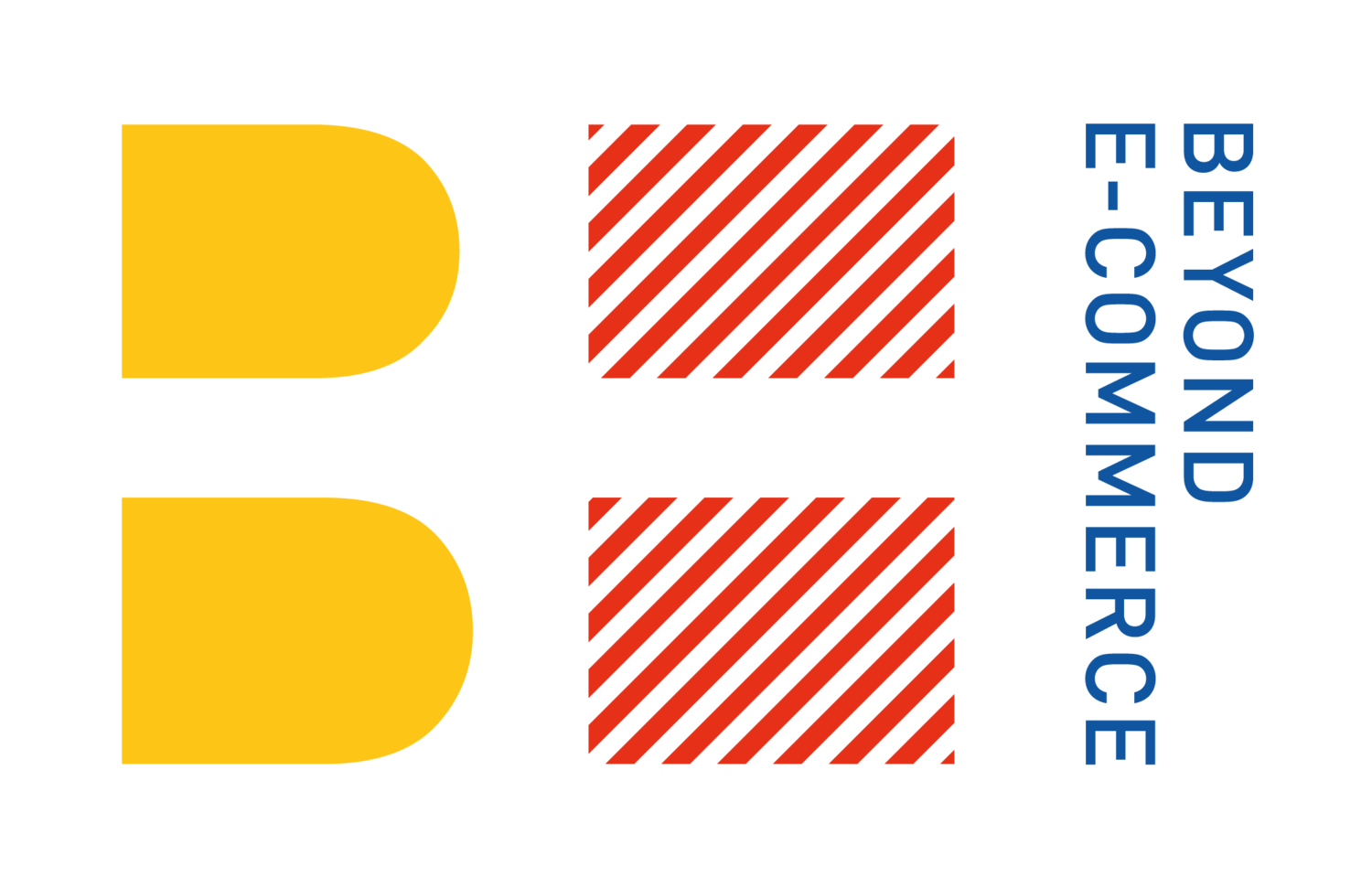Recession-proof e-commerce through cost reduction
Contents
In times of economic uncertainty, cost reductions are essential for online retailers and retailers to remain competitive and profitable. However, decision-makers need to think strategically and long-term (cost reduction embedded in operations management). This article provides 5 concrete principles on how to sustainably optimize costs in your company without compromising quality and customer service.
Why is smart cost reduction so important?
Increasing cost pressure
The German economy is not emerging from crisis mode and consumer sentiment is at an all-time low. Online sales in 2022 were down significantly in some cases - by 27% compared to the previous year. According to surveys, cutting costs is currently the most important priority for e-commerce decision-makers. The pressure to act is enormous.
Slash-and-burn saving harms in the long term
Many companies react reflexively by cutting staff, service and inventory costs. However, such cost-cutting measures drive customers away and jeopardize your business in the long term. Drastic cuts also reduce employee morale and productivity. Instead, you need to strategically optimize costs and even strengthen areas with future potential instead of shaving them.
Lean management as a holistic approach
A holistic approach to cost reduction combines two aspects: Increasing efficiency (doing things right) and effectiveness (doing the right things). The lean philosophy has proven its worth in this respect. The core of this philosophy is to understand cost reduction as an ongoing task, not as a one-off action. Constantly improving quality in all areas automatically leads to greater productivity.
Companies often fail to achieve the desired impact of cost reduction programs because they do not focus on the medium and long-term perspective. A comprehensive approach is required to achieve sustainable cost reductions. A continuous improvement approach should be combined with other cost reduction measures before drastic steps are taken.
Lean management techniques can help online retailers improve their operations by increasing efficiency, saving time and money (reducing costs) and providing a better customer experience.
Lean management can be used by any company, regardless of its size: from DTC start-ups with outsourced fulfillment to ambitious online stores with in-house logistics or customer care capabilities. Good news: cost reduction is always possible for everyone!
As described in our lean management guide - especially for e-commerce and omnichannel - productivity is the logical consequence of quality. Quality measures and cost-cutting measures are not diametrically opposed within the company.
Zalando is a pioneer when it comes to operational excellence. The online fashion retailer consistently relies on lean and highly automated processes in logistics and payment. With success: Zalando is highly profitable and one of the few e-commerce companies that is growing even during the crisis.
#1 Principle of cost reduction in e-commerce: Avoid idle costs for personnel and storage space
In times of low demand, you should not keep too much staff and storage space available. During peaks, rely more on seasonal workers and part-time employees to remain flexible. You can sublet vacant storage space or adjust its size. This will help you avoid expensive idle costs.
For peaks such as Black Friday, etc., it is essential to rely on the flexible labor market and use seasonal or part-time employees and optimize existing data via CRM
This principle can also be applied to surplus warehouse space, as Amazon has demonstrated with its subletting program for no less than 1 million square meters. For others, an offer such as Warehousing1 may be more relevant
#2 Principle of cost reduction in e-commerce: cost savings in purchasing and stabilization of the supply chain and supplier relationships
Regularly scrutinize your purchase prices. Better conditions can often be achieved by bundling and purchasing larger quantities. Also check whether new, more cost-effective suppliers can be found and bottlenecks avoided by using sourcing platforms. Also stabilize your supplier relationships to avoid supply interruptions.
Cost drivers in purchasing are: the actual purchase price and the process costs for procuring goods
Reducing purchase prices is the natural task of purchasing - not only in times of crisis; when purchasing C-parts, concentrating on a few suppliers has proven its worth, also so that the research effort for these items does not eat up the possible cost savings
The Covid-19 pandemic and the war in Ukraine have had an impact on all industrial production: fossil fuels, energy, food, electronic components, etc. As a result, many supply chains have become unstable and pose challenges for a large number of companies
Procurement via an international sourcing platform can offer new perspectives for supply chain stability
A procurement platform is just like a marketplace - only as a closed, curated version: access is restricted to a group of users on one side and to verified suppliers on the other.
Procurement platforms help to secure the independence of the supply chain
#3 Principle of cost reduction in e-commerce: align marketing budgets with customer value
Don't cut marketing expenditure across the board. Instead, prioritize budgets and channels consistently based on return on ad spend (ROAS). Pay more attention to existing and high-value customers. Also check to what extent marketing activities can be outsourced to external service providers. This often saves costs and increases efficiency.
For cost cutters and external consultants, these areas are often a testing ground for excessive cost savings. After all, the effects have an immediate impact on cash flow - ATTENTION: possible negative effects are not immediately recognizable.
However, this is precisely why a cost reduction based on the clear-cutting principle is so critical for sustainable cost reduction in the company. In many cases, radical cost savings have to be quickly revised.
Instead, the general budget allocation - both for individual marketing channels and for "make or buy", i.e. internal departments vs. (new) outsourcing agencies - should be taken into consideration.
The former through a consistent alignment of budget allocations based on ROAS (return on advertising spend)
Secondly, by generally questioning whether the marketing channels could not be handled more efficiently by external agencies or service providers (structured, objective make-or-buy analysis with corresponding collection of market prices and calculation via a structured business case).
#4 Principle of cost reduction in e-commerce: streamlining operations with lean philosophy
You will usually find the greatest savings potential in your operational areas. Build a uniform, integrated IT landscape. Consistently eliminate waste and idle capacity in warehousing, shipping and customer service. Scrutinize every process step for efficiency and value contribution for the customer. This will significantly reduce your operating costs without compromising on quality and service.
A standardized IT landscape should be the goal; integrated company solutions simplify cross-departmental collaboration and reduce the need for manual coordination
In operations such as logistics, order management and customer care, the main cost drivers are inventories, technical systems for storage, customer service and payment processing, transportation costs and personnel deployment for operations, order picking, etc.
These can be reduced much more systematically and sustainably with an overarching operations philosophy that focuses on utilizing existing resources. Lean management and Kaizen, continuous improvement, have proven themselves as management philosophies. In our lean management guide, we describe all the methods for applying lean management in e-commerce & retail in detail
#5 Principle of cost reduction in e-commerce: realizing quick wins under acute cost pressure
If you are under acute cost pressure, also tackle quick wins. The introduction of flat-rate shipping costs and minimum order values, for example, is easy to implement and will immediately reduce your contribution margin.
Cost reduction programs generally aim to reduce the running costs of a company's operations in the long term and sustainably - without compromising the quality of the products or services offered by the company, delivery reliability or customer service.
The problem is that they generally do not take effect immediately. Companies that are under acute cash flow pressure or find themselves in a precarious liquidity situation obviously cannot afford to wait. In this case, more radical measures are required to secure the company's existence
Quick wins in direct-to-consumer e-commerce models include, for example, the introduction of flat-rate shipping costs and / or minimum order values. Such measures are easy to configure in the online store and have a direct effect on contribution margins. They are also very easy to communicate to end customers, especially in the case of widely discussed delivery and procurement problems, etc.
Based on dozens of projects to increase operational excellence, structured cost reduction in direct-to-consumer / e-commerce can have a particular impact in the following areas:
Logistics: Tight alignment and consistent performance management of the external fulfillment service provider to SLA and shipping specifications; renegotiation of carrier conditions with the aim of reducing costs
Customer care: Full utilization of the existing IT system landscape, especially in ticket and order management (indirect cost reduction); smart addition of (partial) automation solutions to the existing systems that do not require a completely new system environment, but support the agents in preselecting the right answer using artificial intelligence, for example
Payment: renegotiation of conditions with credit rating, payment service providing (PSP) and BNPL service providers; streamlining of internal processes for manual repayments and verification processes
Conclusion: Cost reduction as a strategic success factor
A clever cost-cutting strategy is a must for you as a decision-maker in e-commerce and retail, and not just in times of crisis. With lean principles and sustainable optimization of purchasing, marketing, logistics and payment, you can increase profitability in the long term - without compromising on quality and customer focus. You will emerge stronger from the downturn and lay the foundations for future growth.
5 principles for smart cost reduction in e-commerce and direct-to-consumer
Does that sound like your cosmos? It seems to you that we can help?
Contact us without obligation
info@beyond-ecommerce.com

